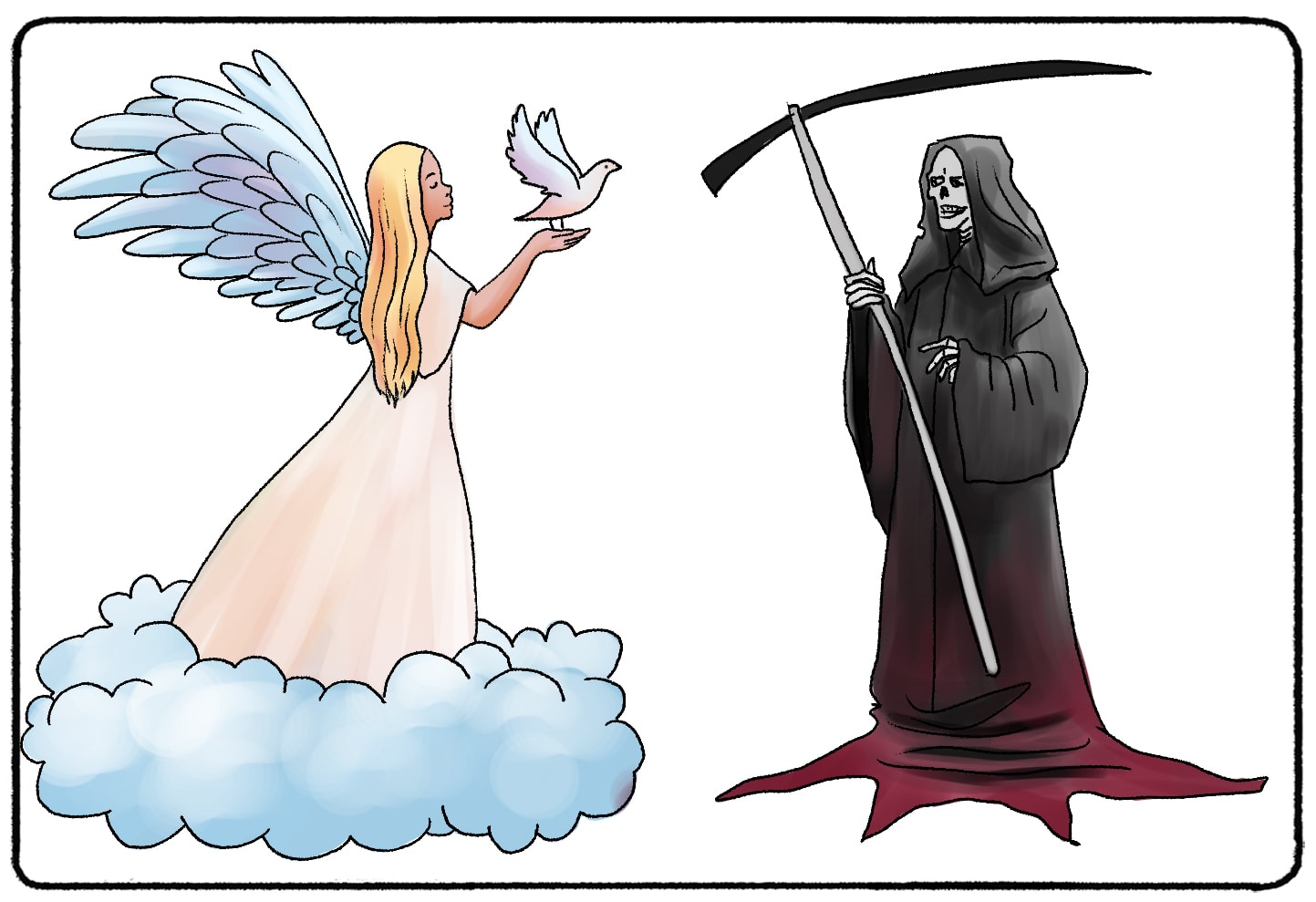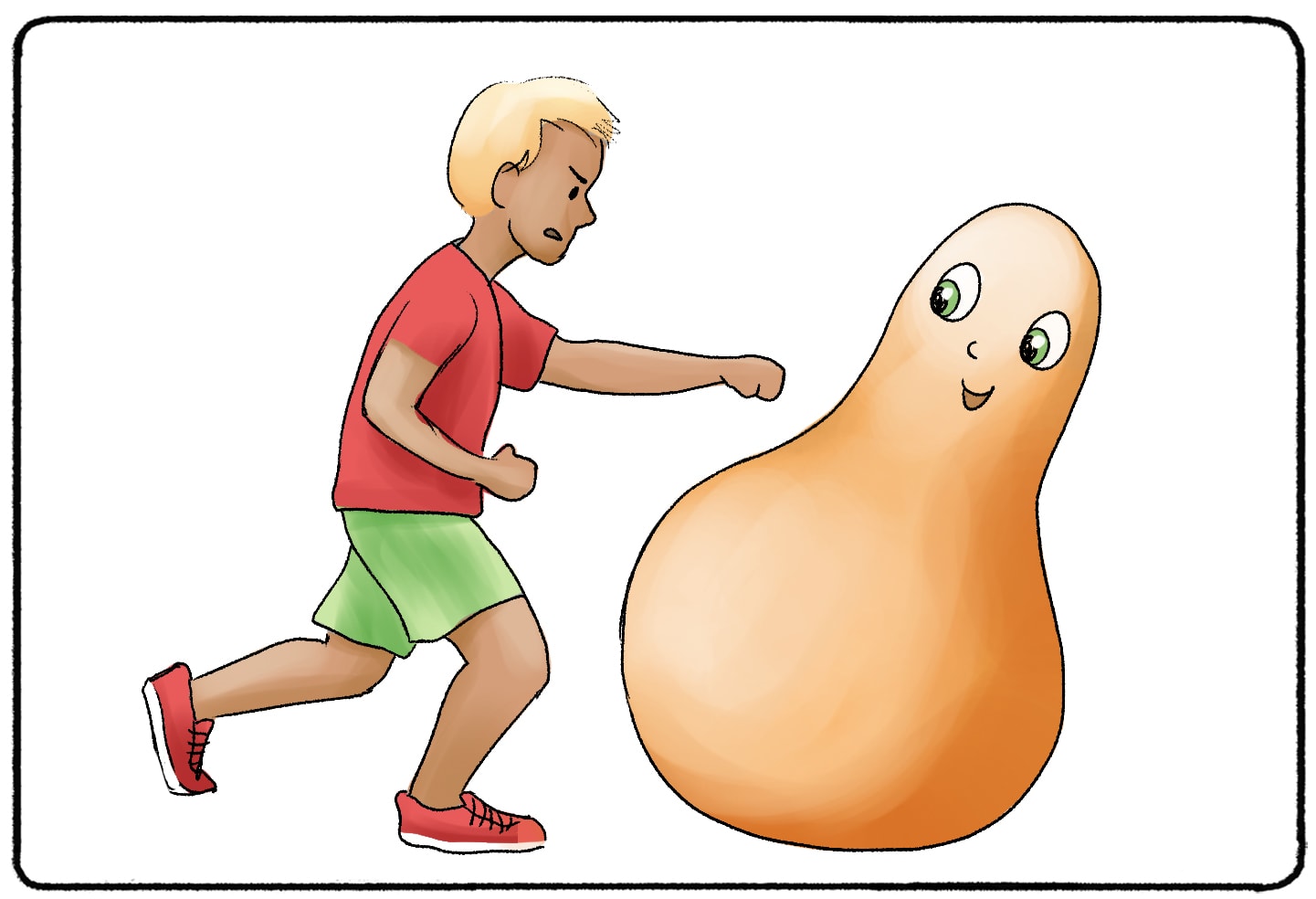Think about a time when you got angry. I don’t mean a time when you just were ticked off at a coworker or annoyed with someone in traffic. Think about a time when you were really angry. If you can’t think of one, think of someone who got really angry at you.
Anger is a common human emotion, but it can spiral out of control very quickly. Anger over a parking ticket could turn into a broken mirror. A simple dispute at the bar could turn into a brawl. Wearing the wrong jersey in the wrong place could actually become dangerous.
Why does this happen? Why do we let ourselves get so aggressive? These moments of extreme anger may feel uncontrollable. People often “black out” due to anger and commit acts that they would have otherwise not committed in a calm state. There are certain states that allow “passion” to be a defense strategy in court. Is this just human nature, or something that can be controlled and done away with?
There isn’t one answer.
What Are Theories of Aggression?
Psychologists have three main theories of aggression that attempt to explain why we become aggressive and whether that behavior can be changed. More theories have been proposed, but these three have stood the test of time so far and are key to understanding where aggression originates.
These theories include:
- Instinct Theory of Aggression
- Frustration-Aggression Theory
- Social Learning Theory
This video will briefly touch on all three of these Theories of Aggression, where they come from, and how they fit into our everyday behaviors and attitudes.
Instinct Theory of Aggression (Thanatos Theory)
The first theory of aggression goes back to the days of Sigmund Freud. Freud’s theories on behavior changed over time. At first, he believed that all behaviors stemmed from Eros, the life instinct. These were the instincts that kept us alive and wanting to reproduce.

But in 1920, he wrote that the life instinct just couldn’t explain all of the urges or behaviors that humans display. Aggression doesn’t always fit into our desire to stay alive and keep others alive. So in Beyond the Pleasure Principle, Freud wrote about Thanatos. This was the name he gave to the “death instinct.” The death instinct helped to explain why humans become aggressive, why they engage in harmful behaviors, or why they seek to recreate past traumas.
Freud believed that these two instincts exist together in every human mind, and that all behaviors stem from the balance of these two instincts. This may explain why we take anger out on others. Even if this anger or aggression is initially directed inward, Eros overpowers Thanatos. In an effort to keep ourselves alive, the aggression is directed outward.
What did Freud propose that we do about these instincts? Not too much. He believed that there wasn’t much use in trying to quell aggression when it comes from an innate instinct that is deeply embedded in the human mind. His proposal focused more on structuring society in a way that kept communities small. In order to protect the community, strategies would be devised so aggressive behaviors could be focused outside of the community, protecting all members.
Konrad Lorenz on Freud's Theories of Aggression
Theories on the source of human aggression can be helpful. But in the case of theories like Freud's, aggression seems inevitable. Is it? Can it be avoided? Those are the questions that psychologists like Konrad Lorenz asked. Lorenz is best known for his work in animal psychology, but he also studied humans. He wrote On Aggression. The book touches on Freud's theory of aggression, linking aggression to the preservation of the species. Lorenz also explores ways that we can redirect or inhibit aggression, which includes some of Freud's methods as well.
First, Lorenz believed that self-knowledge could help reduce aggression. Psychoanalysis (Freud's specialty) could assist humans in this process. Second, Lorenz believed that social connections, especially across multiple groups, could reduce aggression. Think of how much calmer the world would be if all people were open to making friendships with people across political party lines, races, ages, and cultures. We would have a lot fewer people screaming at each other! Third, Lorenz believed our aggression could be channeled into less violent activities. Instead of yelling at the guy who cut you off in traffic, you could drive over to the gym and lift some weights.
Frustration-Aggression Theory
Even if you can’t remember the last time you were aggressive with someone, I can guarantee that you can remember a time in which you were frustrated with someone. Frustration is a common human emotion that comes up when someone or something is holding us back from reaching a goal. That goal could be as simple as finishing an essay or as complicated as answering life’s most profound questions.

The frustration-aggression theory simply states that aggression stems from frustration. Frustration is likely to turn into aggression, but it doesn’t have to if a person has higher levels of self-awareness or self-control.
Studies on Frustration-Aggression Theory
Aggression doesn’t have to be directly used against the thing that a person is frustrated about. Once the goal is achieved and the frustration subsides, the aggression may still be present. In one of the earliest studies on frustration-aggression theory, children were placed in front of a wire screen. Toys were on the other side. While the children could see the toys, the toys were just out of reach. This was likely frustrating for the children who wanted to play with the toys.
Once the wire barrier was removed and the children were able to play with the toys, researchers noted that their play was much more aggressive than when the barrier had not been in place initially.
Examples of Frustration-Aggression Theory in Media and Real Life
It’s not hard to link moments of aggression to moments of frustration. Think of all those viral videos of people yelling at retail workers about mask mandates or other rules. All of that aggression comes from frustration.
Not all aggression has to be violence, though. Have you ever seen Footloose? The movie features an iconic scene in which Kevin Bacon's character dances quite aggressively throughout a warehouse. He does this because he's so frustrated! Before he begins the dancing scene, the movie shows scenes from the movie of moments that frustrated him. If you're frustrated, maybe you should try dancing instead of yelling!
Think about this in your own life. Have you ever kicked something or slammed a door “out of frustration?” Maybe you've danced wildly through a warehouse to the song "Never," just like in Footloose. These are all aggressive behaviors. Linking frustration to aggression almost seems like a no-brainer, huh?
Social Learning Theory
The last aggression theory comes out of one of the most famous experiments of all time. The Social Learning Theory was proposed by Albert Bandura in the 1960s. Bandura is most known for his Bobo Doll experiment, which attempted to explain how children learn aggression from an early age. He proposed that aggression is a learned behavior. Children exert aggression simply because they are imitating what they have observed.
Here’s how the experiment went down. Children were put in a room with an adult, some toys, and a large Bobo Doll. (A Bobo Doll is one of those inflatable clowns that bounces back up when you hit it.) Half of the children sat in the room with the adult as they gently played with the toys, displaying little aggression. The other half sat in the room with the adult as the adult aggressively hit or kicked the Bobo Doll. Some of these adults used explicit language or even hit the Bobo Doll over the head with a mallet.

The children were then separated from the adult and placed in a room alone with more exciting toys. After a few minutes, the toys were taken away in order to upset the children. All of the children were then taken into a third room, where another Bobo Doll stood.
The children who had observed the aggressive adults were more likely to exhibit aggressive behavior themselves. Children were simply imitating and modeling when they also kicked, hit, or were otherwise aggressive toward the Bobo doll. It’s from this experiment that Bandura proposed that aggression is learned not only through positive or negative reinforcement but also through indirect observational learning.
Example of Social Learning Theory in Media
Have you ever seen Big Little Lies? If you haven't, you might want to skip over this example - it's a spoiler! If you are okay with spoilers, read on. In the TV show, the sons of Nicole Kidman's character start displaying various signs of aggression at school. Why did they start doing that? It's later revealed they learned those behaviors from their father. After watching their father's aggression, they began to mimic his behavior.
The social learning theory isn't just a plot point on TV - it's an effect of watching TV. A child who is watching violence on TV may also imitate violent acts. Hundreds of studies show that children who observe aggressive behaviors in the media may start to repeat those aggressive behaviors. This is why movies with violence typically have a more mature rating.
Other Ways to Look at Aggression
These are the three main theories of aggression, but other theories within psychology touch on aggression, too. Take the Big Five. Psychologists took a look at the Big Five traits and how they related to aggression. Here is what they found:
- Agreeableness is the biggest indicator of aggression. People who score very low in agreeableness are most likely to display aggressive behavior.
- Openness is an indicator of aggression, but not to the level of agreeableness. People who score low on openness are more likely to be frustrated, but it's not an indicator of violent behavior.
- Neuroticism is an indicator of aggression and frustration, but not necessarily violent behavior. People who score high on neuroticism are more likely to get frustrated easily.
- Extraversion doesn't really relate to aggression.
- Conscientiousness doesn't really relate to aggression.
There are still more filters through which you can look at aggression. How might aggression relate to ideas like operant conditioning? Cognitive behavioral therapy? Gestalt theory? If these connections haven't been made, get in the lab and make them!
Which Theory of Aggression Is “Right?”
One of these theories of aggression may make more sense than the others. Or you may think that all of them make sense together. There is no right or wrong answer to the question of why we get aggressive. Frustration could have easily played a part in the Bobo Doll experiment, along with a child’s “death instincts.” But that is the fun of studying psychology - there is always more to learn and more questions to answer!
